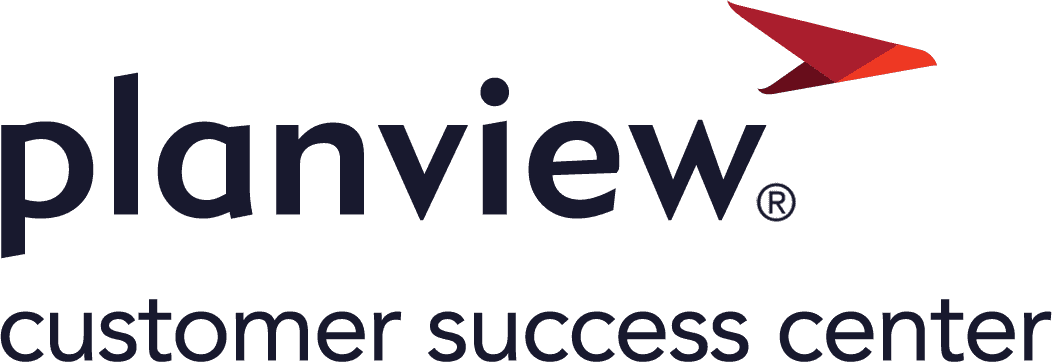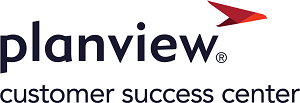Operationalizing OKRs + Flow
OKR Operating Cadence: Practical Guidance for Success
Many organizations adopt OKRs but fail to embed them into how work actually flows. Without clear operating cadences, leadership behaviors, role clarity, and disciplined habits, OKRs risk becoming disconnected status reports instead of drivers of business outcomes.
This is a practical operating model that integrates:
-
Strategic OKRs (annual, funding level)
-
Operational OKRs (quarterly, delivery level)
-
Flow-based delivery discipline
-
Roles, cadences, and leadership habits
Sign in to access the operating cadences, leadership behaviors, role clarity, and disciplined habits to drive business outcomes.

